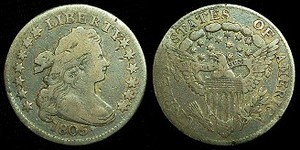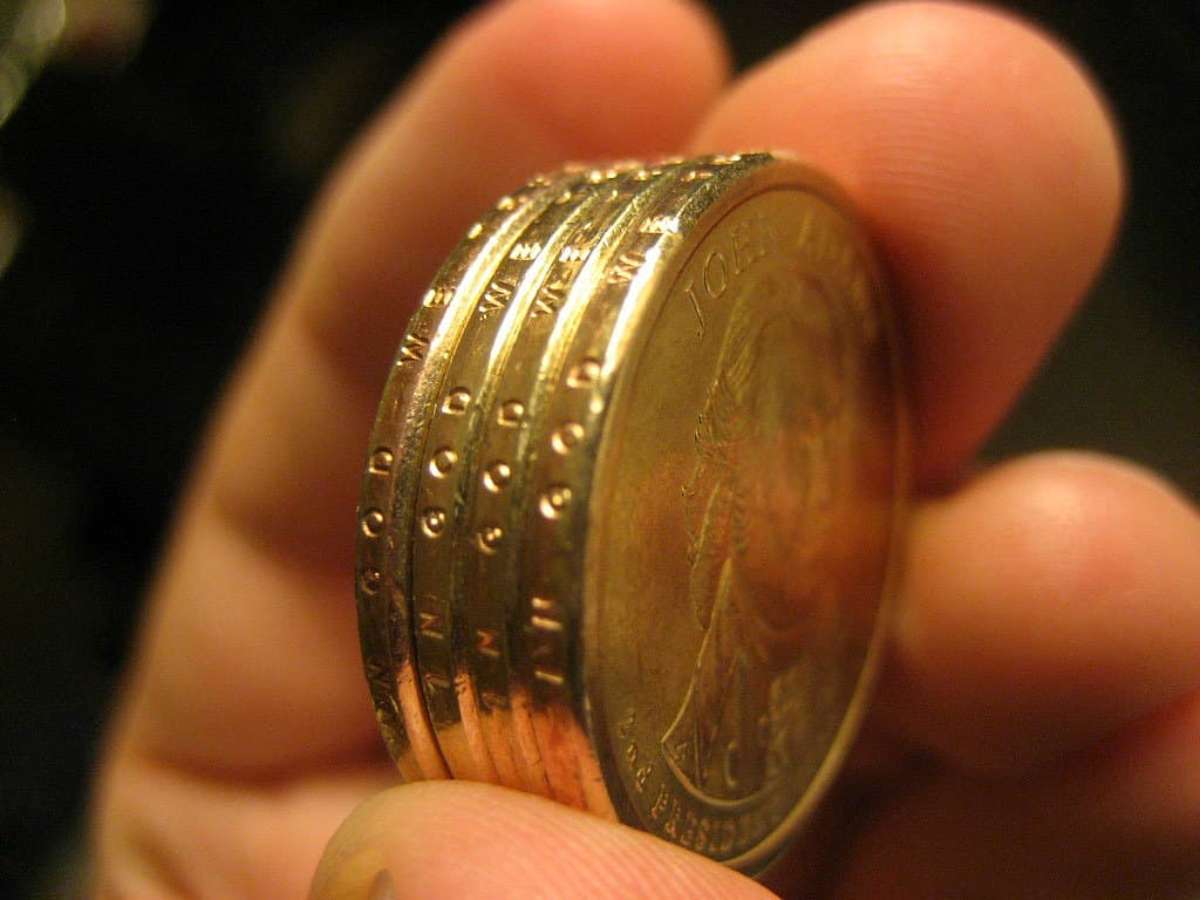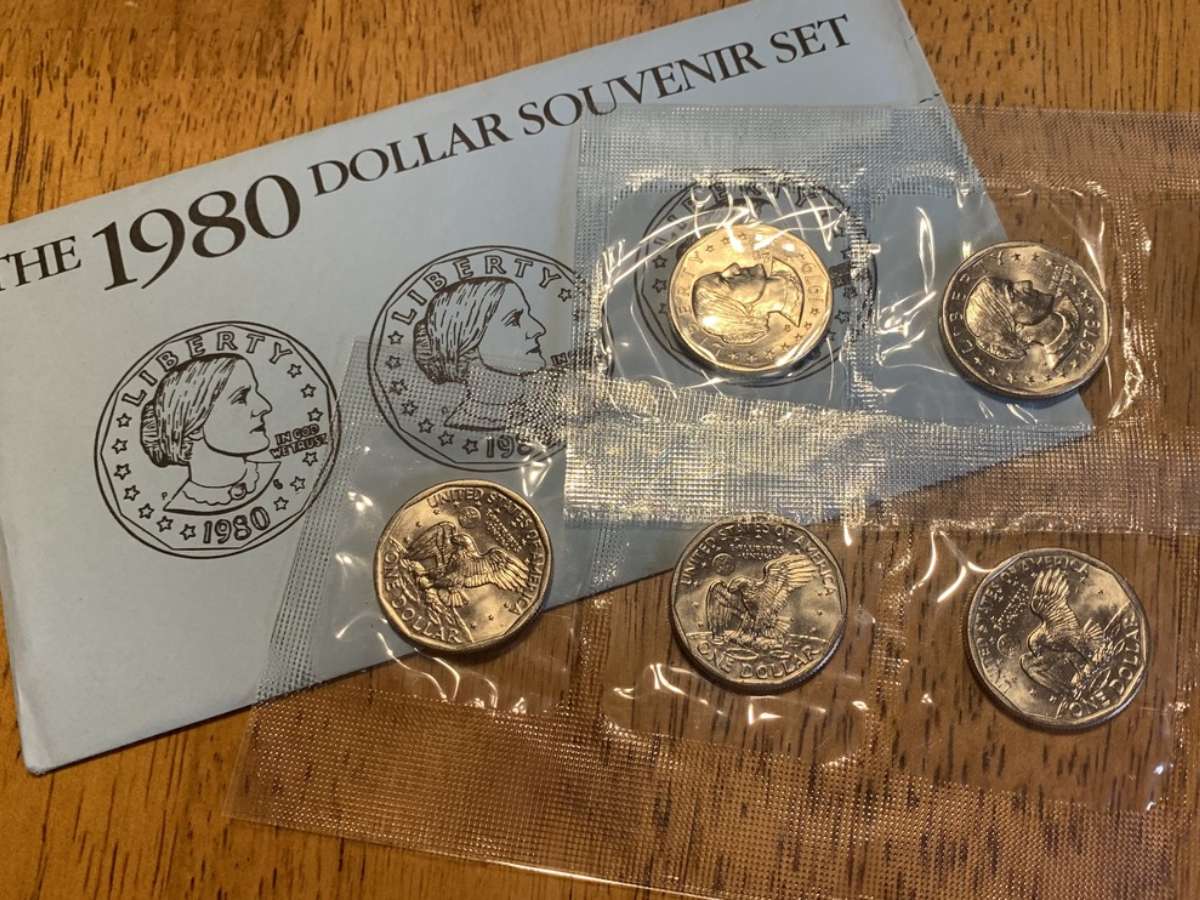 The dime has been an integral part of commerce since the 1790s, when the dime was first created for use in the United States.
The dime has been an integral part of commerce since the 1790s, when the dime was first created for use in the United States.
In 1796, the Draped Bust dime became the very first official dime created for widespread use in the nation.
All Bust dimes are scarce, though the earliest ones have become quite rare.
Let’s take a look at the fascinating Bust dime series.
A Look At Bust Dimes
The Bust dime is really an important coin for numismatists because it represents the first official dime created for circulation.
While the Disme, an early prototype of the modern dime, was minted in 1792, it wasn’t made in large numbers and didn’t serve the public as the dime first minted in 1796 did.
In that sense, the 1796 Bust dime is where most coin collectors start their dime collections.
However, because so few 1796 dimes were made, type coin collectors tend to look at the entire Bust dime series as an equivalent starting point.
Yet, even among Bust dimes there are varieties, rare dates, and other goodies to be addressed on a more individual basis.
4 Types Of Bust Dimes
The Bust dime series includes a few distinctive variations that are worth noting.
Primarily, there are 4 different styles of Bust dimes:
- Draped Bust dime with small eagle on reverse (1796 to 1797)
- Draped Bust dime with heraldic eagle (1798 to 1807)
- Capped Bust dime, 18.8 mm diameter (1809 to 1827)
- Capped Bust dime, 18.5 mm diameter (1828 to 1837)
Even among each of the 4 styles above, there are recognized minor variations in design due to the handmade nature of the dies which produced Bust dimes.
However, by and large, the list above is inclusive of the major variations found among Bust dimes.
For all intents and purposes, numismatists will choose which Bust dimes they need for their coin collections based on budget. It’s certainly acceptable to purchase just one Bust dime from the entire 1796 to 1837 era to represent the Bust dime series in a type collection.
However, coin collectors specializing in dimes or in the Bust dime series will certainly see to it that they acquire each major and minor variety.
Rare Bust Dime Values
There are a few dates in the Bust dime series considered rare. Let’s take a look at which are the rarest Bust dimes you’ll encounter:
- 1796 $2,650
- 1797 16 stars $2,650
- 1797 13 stars $2,850
- 1798/7 13 stars $3,500
- 1798 small 8 $1,100
- 1802 $1,900
- 1804 13 stars $3,000
- 1804 14 stars $5,500
- 1822 $1,500
- 1829, curled base on 2 $7,000
*Values are approximate and based on coins in Good-4 grade.
Other Bust Dime Values
Aside from the values listed above, Bust dimes not falling into the rare categories above can be generally divided into 2 pricing categories — largely based on whether you’re talking about Draped Bust dimes or Capped Bust dimes.
- Draped Bust dimes, on average, will set the average coin collector back $700 to $1,200 for a well-worn but decent example of the coin. Expect to pay $2,000 to $4,000 for a Draped Bust dime with light to moderate wear. Again, any Draped Bust dime is highly coveted, so you’re going to pay a pretty penny to get your hands on one.
- Capped Bust dimes are also highly popular with coin collectors. However, they are also in general far more common than their earlier Draped Bust dime counterparts. In fact, less than a $100 will net you a beautifully circulated example. Enough hard searching and $1,000 will net you an uncirculated example.
At any rate, always pay for the very Bust dime you can afford. These are great old coins with a story to tell and plenty of coin collectors will be looking to buy yours from you should you ever decide to sell.




